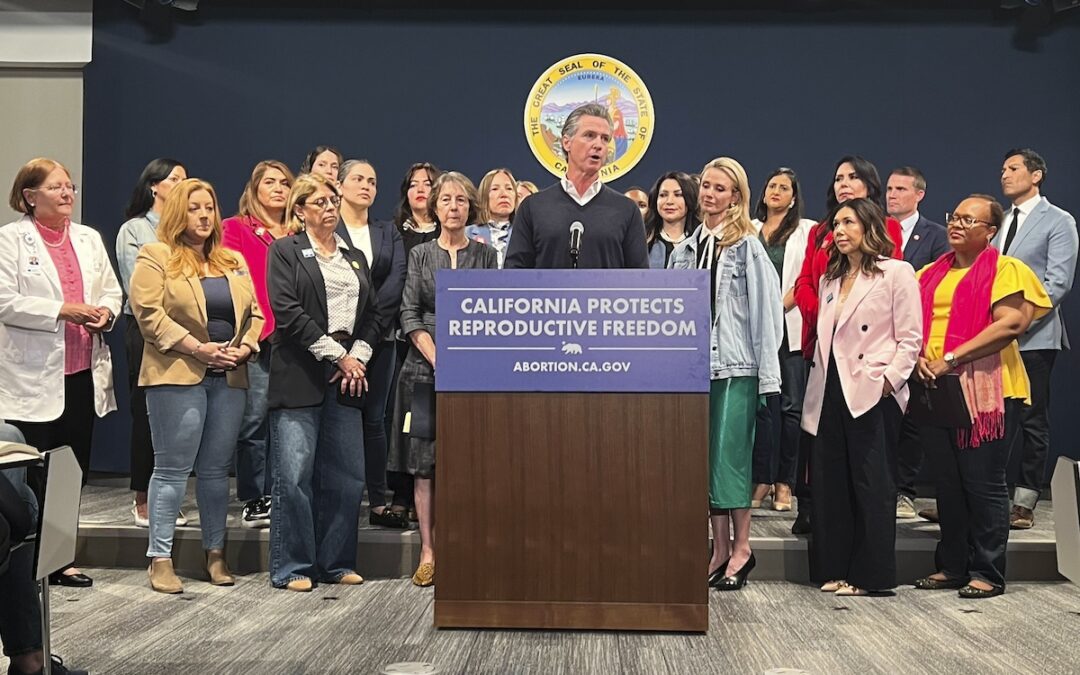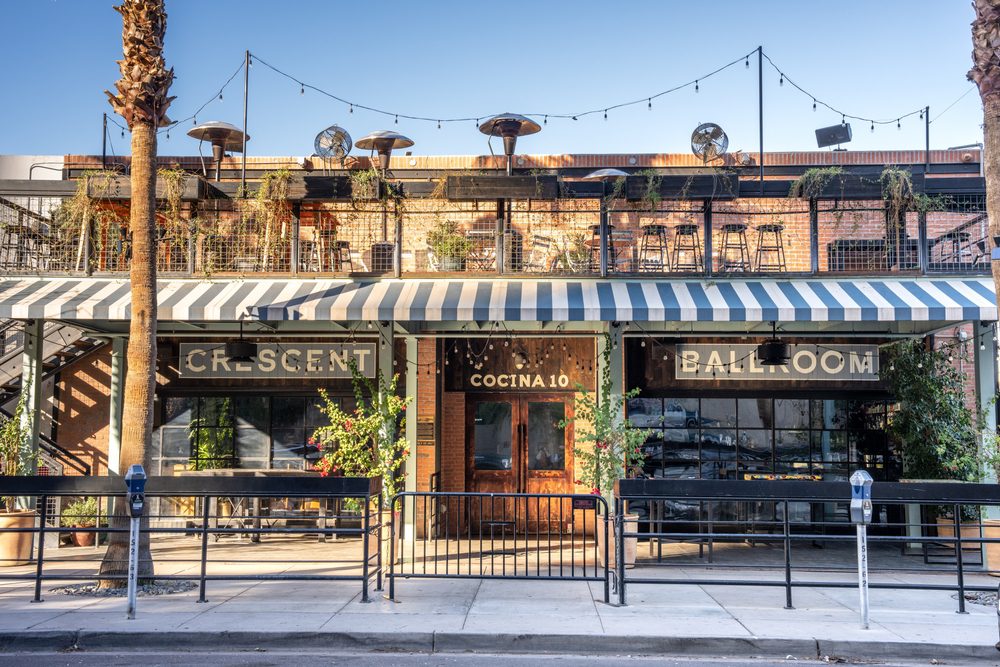
A new report shows Arizona saw a small decrease in its number of homeless students over two years.
When it comes to having a “fixed, regular, and adequate” nighttime residence, more than 20,000 Arizona students don’t have that luxury, according to a National Center for Homeless Education report released last month.
The organization found there were 24,399 homeless students in the state for the 2017-18 school year, compared to 24,770 in 2015-16 – a 1.5% drop.
Those numbers include children ages three to five, kindergarteners through 12th graders, and anyone else under 18 years old enrolled as a student in the Arizona public school system. The report’s numbers don’t include youth who attend a private, charter, or home school, or who have dropped out of school altogether.
Arizona was one of 11 states that saw fewer homeless students over the two-year period. Thirty-five saw increases, while four saw no change; and one state – Vermont – did not have data available.
Richie Taylor, Arizona Department of Education communications director, told The Copper Courier it’s difficult to pinpoint what factors contributed to the dip.
“A small decrease may be attributed to any number of reasons (e.g., an improving economy, homeless families leaving the state, etc.),” he said in an email.
Nationally, numbers went in the opposite direction. Reporting shows there were approximately 1.3 million homeless students during the 2015-16 school year to 1.5 million in 2017-18 – a 15% increase overall.
In the latest data, about 74% of homeless students in the U.S. lived in shared housing due to loss of housing, economic hardship, or other similar reasons. A smaller portion, 12%, lived in shelters, while 7% lived in hotels or motels. Another 7% were identified as unsheltered.
The report also examined four subgroups of homeless students: those with disabilities, English language learners, those not in the physical custody of a guardian, and migratory students. Students with disabilities made up 18% of the total, while English language learners made up about 17%. Almost 9% were not in the physical custody of a guardian, and 1% were migratory. Some homeless students belonged to multiple categories.
These students as a whole typically have more concerns on their minds than students with stable homes, Taylor said.
“If they are wanting to be successful in school, they have to find a place to do homework and worry about where they will be that night,” he said. “Will there be light? Will there be a place to sleep?”
Students in unstable living conditions also worry about judgment from their peers for not having a home or not having clean clothes to wear to school, Taylor added.
Instead of focusing on schoolwork, he said, they worry about getting kicked out of where they are staying.
And, more importantly, they question when they will have a place of their own.
Politics

Gov. Gavin Newsom wants to let Arizona doctors provide abortions in California
California law generally allows abortion up to the point of fetal viability, which is around 24 weeks. SACRAMENTO, Calif. (AP) — Arizona doctors...

VIDEO: Arizona Attorney General Kris Mayes indicts 18 ‘fake electors’
@coppercourier An Arizona grand jury has indicted former President Donald Trump's chief of staff, Mark Meadows, lawyer Rudy Giuliani, and 16...
Local News

Escape the heat at these indoor pools in Tucson
Arizona: it's synonymous with sunny. Mix that sun with the sprawling urban blacktops and the result is the nationally recognized heat that is...

We asked, you answered: 7 music venues in Arizona for a more intimate show
The biggest artists in the world come to Arizona to perform at places like Footprint Center, State Farm Stadium, and Desert Diamond Arena. But what...





